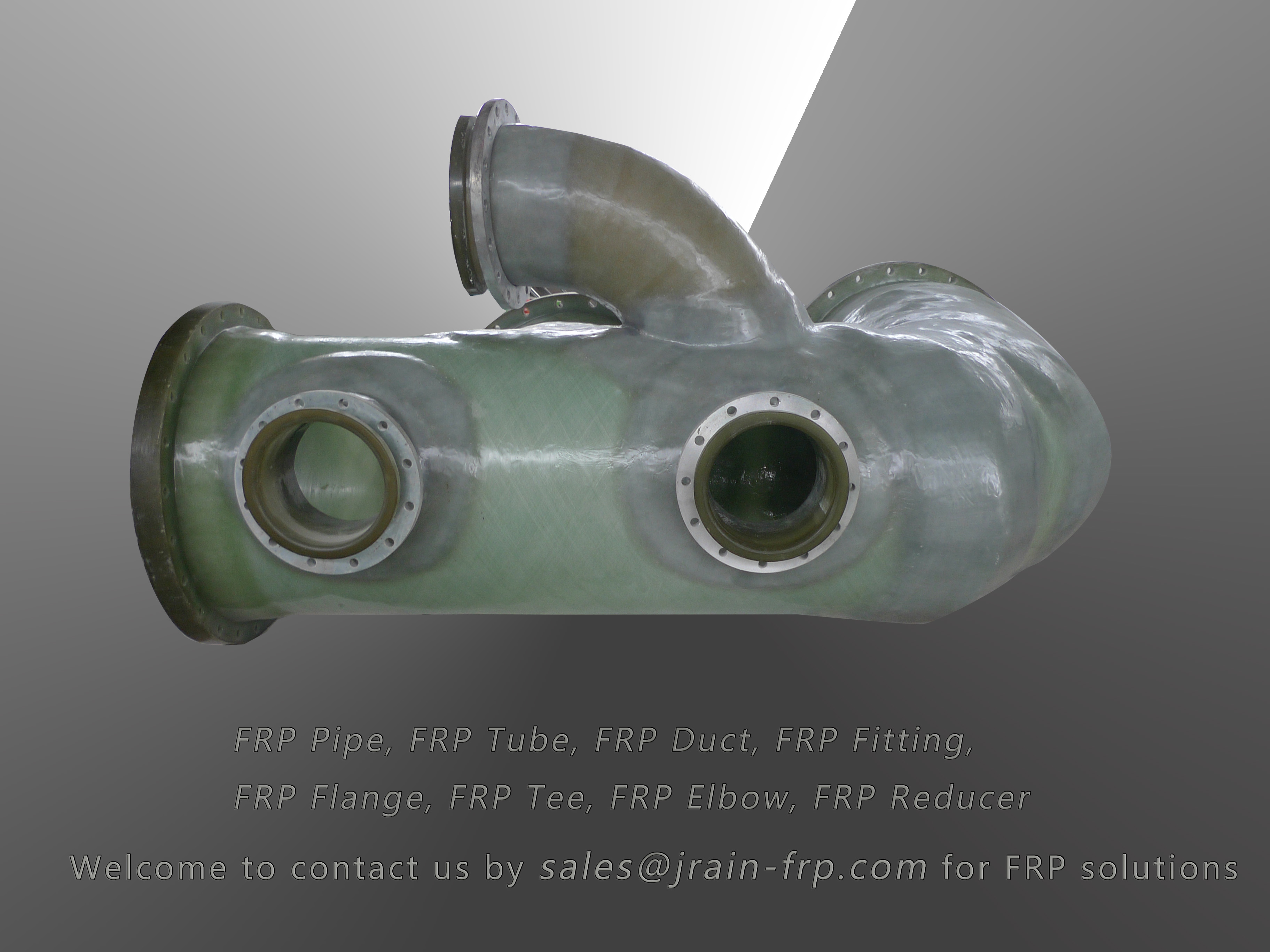
-
 Afrikaans
Afrikaans -
 Albanian
Albanian -
 Amharic
Amharic -
 Arabic
Arabic -
 Armenian
Armenian -
 Azerbaijani
Azerbaijani -
 Basque
Basque -
 Belarusian
Belarusian -
 Bengali
Bengali -
 Bosnian
Bosnian -
 Bulgarian
Bulgarian -
 Catalan
Catalan -
 Cebuano
Cebuano -
 China
China -
 China (Taiwan)
China (Taiwan) -
 Corsican
Corsican -
 Croatian
Croatian -
 Czech
Czech -
 Danish
Danish -
 Dutch
Dutch -
 English
English -
 Esperanto
Esperanto -
 Estonian
Estonian -
 Finnish
Finnish -
 French
French -
 Frisian
Frisian -
 Galician
Galician -
 Georgian
Georgian -
 German
German -
 Greek
Greek -
 Gujarati
Gujarati -
 Haitian Creole
Haitian Creole -
 hausa
hausa -
 hawaiian
hawaiian -
 Hebrew
Hebrew -
 Hindi
Hindi -
 Miao
Miao -
 Hungarian
Hungarian -
 Icelandic
Icelandic -
 igbo
igbo -
 Indonesian
Indonesian -
 irish
irish -
 Italian
Italian -
 Japanese
Japanese -
 Javanese
Javanese -
 Kannada
Kannada -
 kazakh
kazakh -
 Khmer
Khmer -
 Rwandese
Rwandese -
 Korean
Korean -
 Kurdish
Kurdish -
 Kyrgyz
Kyrgyz -
 Lao
Lao -
 Latin
Latin -
 Latvian
Latvian -
 Lithuanian
Lithuanian -
 Luxembourgish
Luxembourgish -
 Macedonian
Macedonian -
 Malgashi
Malgashi -
 Malay
Malay -
 Malayalam
Malayalam -
 Maltese
Maltese -
 Maori
Maori -
 Marathi
Marathi -
 Mongolian
Mongolian -
 Myanmar
Myanmar -
 Nepali
Nepali -
 Norwegian
Norwegian -
 Norwegian
Norwegian -
 Occitan
Occitan -
 Pashto
Pashto -
 Persian
Persian -
 Polish
Polish -
 Portuguese
Portuguese -
 Punjabi
Punjabi -
 Romanian
Romanian -
 Russian
Russian -
 Samoan
Samoan -
 Scottish Gaelic
Scottish Gaelic -
 Serbian
Serbian -
 Sesotho
Sesotho -
 Shona
Shona -
 Sindhi
Sindhi -
 Sinhala
Sinhala -
 Slovak
Slovak -
 Slovenian
Slovenian -
 Somali
Somali -
 Spanish
Spanish -
 Sundanese
Sundanese -
 Swahili
Swahili -
 Swedish
Swedish -
 Tagalog
Tagalog -
 Tajik
Tajik -
 Tamil
Tamil -
 Tatar
Tatar -
 Telugu
Telugu -
 Thai
Thai -
 Turkish
Turkish -
 Turkmen
Turkmen -
 Ukrainian
Ukrainian -
 Urdu
Urdu -
 Uighur
Uighur -
 Uzbek
Uzbek -
 Vietnamese
Vietnamese -
 Welsh
Welsh -
 Bantu
Bantu -
 Yiddish
Yiddish -
 Yoruba
Yoruba -
 Zulu
Zulu
Innovative FRP Sump Covers for Enhanced Durability and Efficient Water Management Solutions
The Importance of FRP Sump Covers in Modern Infrastructure
In modern infrastructure, the choice of materials used in construction and maintenance plays a crucial role in ensuring durability, safety, and efficiency. One particular component that has gained significant attention is the FRP (Fiberglass Reinforced Plastic) sump cover. This article explores the benefits and applications of FRP sump covers and their relevance in contemporary engineering practices.
Understanding FRP Sump Covers
FRP is a composite material made of polymer resins reinforced with fiberglass. This combination not only enhances the strength and durability of the material but also provides superior resistance to corrosion, chemicals, and environmental wear compared to traditional materials like metal or concrete. Sump covers are designed to seal sump pits, which are often found in industrial, commercial, and municipal settings for collecting excess water or other fluids. These covers play a vital role in maintaining safety and regulating systems for stormwater management, wastewater treatment, and drainage processes.
Key Benefits of FRP Sump Covers
1. Corrosion Resistance One of the foremost advantages of FRP sump covers is their exceptional resistance to corrosion. Unlike metal covers that can rust and degrade over time due to exposure to harsh chemicals and environmental conditions, FRP maintains its integrity and performance. This aspect is particularly crucial in industries that handle aggressive substances, such as chemicals, oil and gas, and sewage treatment.
2. Lightweight Design FRP is significantly lighter than its metal counterparts, making installation and handling much easier. The reduced weight factor allows for less strain on supporting structures and facilitates faster installation and maintenance processes, thereby saving time and labor costs.
3. Customizability FRP can be easily molded into various shapes and sizes, enabling manufacturers to create customized sump covers that fit specific requirements. This flexibility makes FRP a versatile solution for various applications, from small residential sumps to large industrial systems.
4. Safety and Security FRP sump covers contribute to workplace safety by providing a secure barrier over pits and sumps. Their construction minimizes the risks associated with slips, trips, and falls. Moreover, many FRP covers come with locking mechanisms that enhance security and prevent unauthorized access to hazardous areas.
frp sump cover

5. Longevity and Cost-Effectiveness The durability of FRP materials leads to a longer lifespan and reduced replacement frequency. Although the initial investment might be higher than traditional materials, the long-term savings generated from maintenance and replacement costs make FRP a cost-effective choice.
Applications of FRP Sump Covers
FRP sump covers are widely utilized across various sectors, including
- Industrial Facilities Factories and manufacturing plants often use FRP sump covers to protect their fluid collection systems from contamination and evaporation, ensuring a constant and safe flow of hazardous materials.
- Wastewater Treatment Plants In facilities dedicated to treating sewage and wastewater, FRP covers help prevent the release of harmful gases and odors while also providing a barrier against potential chemical spills.
- Stormwater Management Municipalities and urban planning agencies employ FRP sump covers in drainage systems to manage rainwater runoff and prevent flooding during heavy rainfall effectively.
Conclusion
In conclusion, FRP sump covers represent a significant advancement in materials used in modern infrastructure. Their combination of strength, corrosion resistance, and lightweight design makes them a reliable choice for a variety of applications. As industries continue to prioritize safety, efficiency, and sustainability, the adoption of FRP sump covers will likely increase, paving the way for more resilient and efficient infrastructure systems. As we look to the future, it is essential to recognize and invest in innovative materials that contribute to safer and more sustainable practices in construction and maintenance.









